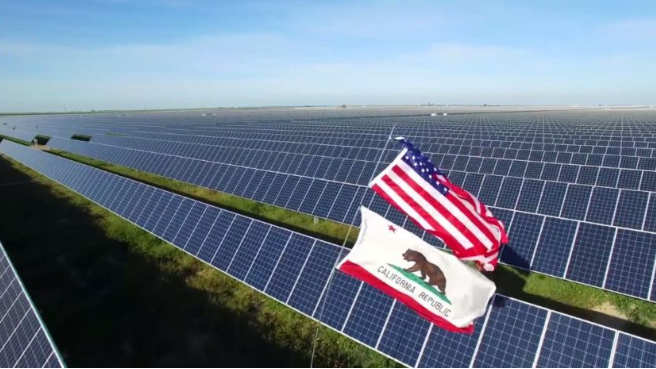New data show that the amount of solar generation undergoing power curtailment is increasing in California.
The California Independent System Operator (CAISO) curtailed 1.5 million MWh of utility-scale solar in 2020, representing 5% of total production, according to the Energy Information Administration (EIA).
Solar is by far the most dominant source of energy that undergoes curtailment in the state. EIA said 94% of power curtailments in 2020 involved solar energy.

Capacity additions are causing high totals of solar power curtailment.
Image: EIA
Curtailment is the deliberate reduction in output that otherwise could have been produced, and typically occurs when supply exceeds demand. Curtailments reach a peak in the spring months, where demand is relatively low and solar output is relatively high. For example, in the early afternoon hours of March 2021, an average of 15% of utility-scale solar was curtailed, CAISO data showed as reported by the Energy Department.

In California, curtailment peaks in the spring months.
Image: EIA
The growth of installed capacity drives further increases in curtailment rates. CAISO said it expects another 1.6 GW of utility-scale solar to be added, along with 400 MW of wind, in 2021. The two technologies represent 44% of capacity additions this year.
Small-scale solar is expected to rise as well. Home and business-sited projects decrease the need for CAISO-delivered power.
Using solar better?
CAISO is exploring a few options to improve the utilization of utility-scale solar and wind sources.
One tool is the CAISO Energy Imbalance Market (EIM), a real-time market that allows those outside of CAISO’s territory to buy and sell energy to balance supply and demand. In 2020, 16% of possible curtailments were avoided through inter-market trading, according to the EIM.
Another solution in increased use of energy storage. The CAISO region is expected to add 2.5 GW of battery storage capacity in 2021, according to EIA. Much of that new storage added will be co-located with solar. The EIA reported more than 70% of energy storage will be built alongside solar, an increase from historical rates of 30%-60%.

Co-located solar and storage will be the largest segment of new battery capacity.
Image: EIA
California contributed 31% of the nation’s energy storage capacity additions in 2020, and that number may be on a course to expand exponentially. The state accounts for 40% of power capacity planned between 2021 and 2023. These planned additions put the Golden State in line to meet its energy storage requirement by 2024.
The industry has been pushing for a stand-alone energy storage investment tax credit of 26%, which currently only applies to solar or solar-plus-storage projects. The National Renewable Energy Laboratory (NREL) has shown that coupling storage with a standard solar operation produces only modest price savings, if any, leading many to argue that a standalone storage incentive is a logical next step.
CAISO has also identified grid operation techniques as another tool to reduce curtailment rates.
Increasing demand response would adjust consumer demand when warranted. Encouraging time-of-use rates to better match consumer prices with real-time energy prices would influence a smoothing of peak-demand. And, reducing minimum generation levels for existing generators would enable greater opportunity for renewable energy production.






